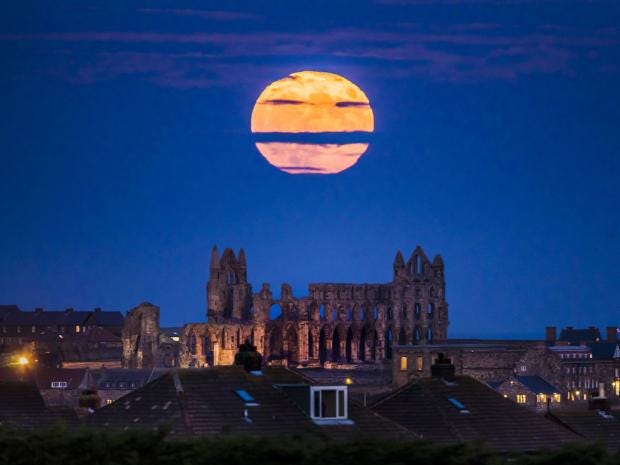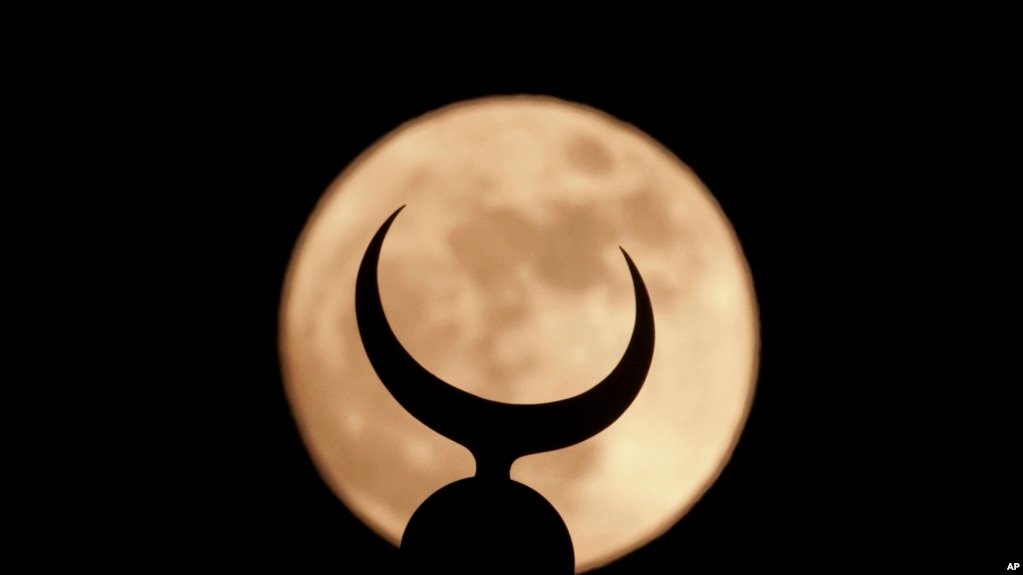January 31 will bring a
celestial event known as a blue moon, an occurrence that happens every two to
three years. While interesting on its own, the real kicker is this blue moon
will be the first lunar eclipse of a blue moon in nearly 150 years. Did we
mention it’s also a supermoon?
A blue moon, in this case,
has nothing to do with its color, and everything to do with timing. There are
normally 12 full moons a year, with a 13th “blue moon” appearing as either the
third of four full moons in a single season, occurring on average every two to
three years.
The combination of a blue
moon and an eclipse, however, is pretty rare. The last total eclipse involving
a blue moon occurred March 31, 1866.
Want to see an actually blue
moon? You’ll have to wait for a particular set of unpredictable circumstances,
usually involving volcanic eruptions or massive forest fires that release dust
and smoke particles in the atmosphere. Depending on the size of the particles,
the moon can sometimes appear blue—although it’s more common for it to look
reddish.
Stepping outside on January
31 won’t guarantee you a clear look at that lunar eclipse. The easternmost part
of North America and almost the majority of South America will easily catch the
tail end of the eclipse, with the moon almost dipping below the horizon at
6:48am EST.
Sorry, East Coasters, but
the lunar eclipse will be most easily seen on the entire other side of the
country.
If you want a good look at
the blue moon eclipse, you’ll have to travel to the planet’s eastern
hemisphere, and pick a spot somewhere in Australia, New Zealand, or eastern
Asia. If you’d rather see it in one of America’s 50 states, you can choose
between Alaska or Hawaii (Canada’s northwest region is also an option, if
that’s what you’re into).
You can take a look at
NASA’s lunar eclipse chart to see where you’ll be able to catch the best view
of the lunar eclipse, and where you’re guaranteed to miss it entirely.
I don’t blame you for
wanting to stay inside during the cold winter months, but you should still try
to get a look at this literal once-in-a-lifetime event, even if it’s through
your computer screen.
You can watch a livestream
of the upcoming eclipse thanks to The Virtual Telescope Project, or the robotic
telescope streaming service Slooh. No matter where you are, taking a moment to
appreciate the rare sighting of a blue supermoon lunar eclipse should be on
your to-do list for 2018.
Via LifeHacker




